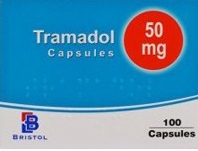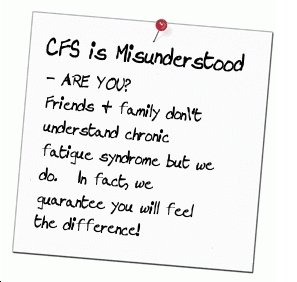A Side-by-Side Comparison of Hydrocodone and Tramadol in the UK
by Louis Wilson
(London)
Hydrocodone and Tramadol, two of the most powerful pain relievers, provide an individual suffering from chronic pain with immediate relief. Doctors prescribe either one of the pain relievers to patients or provide them with a combination of the two drugs.
Even though both pain relievers work well to reduce pain, they have certain differences. It is important to look at the differences of the two of the most popular pain relievers by setting them side-by-side. The comparison of Hydrocodone and Tramadol in the UK will help people decide on which pain reliever is better:
The Function of Hydrocodone and Tramadol
Tramadol, an opioid analgesic, has two different functions. The first function of the med is to enter the body and attach itself to the brain’s receptors to suppress the pain. Its second function is to extend the actions of serotonin and norepinephrine in the brain to elevate a person’s mood.
Hydrocodone is an opioid analgesic that functions like Tramadol, and contains extended release properties to provide the person with longer relief from pain.
Both pain medications come under the category of controlled drugs, meaning people will require a prescription to obtain them. Another similarity between the two is that they both can affect a person’s ability to drive, as it makes one feel drowsy. People should not drive or operate machinery while under the influence of these two drugs.
Who Should Take Them?
The primary function of Hydrocodone and Tramadol is to treat pain associated with chronic illnesses and cancer. In certain instances, doctors prescribe the pain meds to people who have undergone a major surgical procedure or who have sustained an injury, resulting in immense pain.
Before prescribing the pain meds, doctors will assess the level of the pain. If it between moderate to severe, they will instruct their patient to take Hydrocodone or Tramadol.
The Different Available Doses
Tramadol is available in 50mg, 100mg, 150mg, 200mg, and 300mg. Usually, people are instructed to take the med several times each day. The higher dosage contains extended release properties and doctors prescribe it to patients suffering from intense pain.
Hydrocodone is available in 10mg, 20mg, 50mg, and 120mg. Doctors will instruct patients to take the med once every day or after every twelve hours due to its habit forming and addictive qualities. This is another reason why doctors tend to start a patient off with the lowest possible dose in the beginning.
Side-Effects of Hydrocodone and Tramadol
Common side-effects of Tramadol:
-Weakness
-Sore Throat
-Nausea
-Vomiting
-Loss of Appetite
-Itching
-Headache
-Flushing
-Drowsiness
-Dizziness
-Constipation
-Congestion
-Uncommon side-effects of Tramadol:
-Changes in mood, especially in people diagnosed with depression
-Allergic reaction
-Seizures
Common side-effects of Hydrocodone:
-Nausea and Vomiting
-Loss of Appetite
-Itching
-Drowsiness
-Dizziness
-Constipation
Uncommon side-effects of Hydrocodone:
-Mood changes
-Low blood pressure
-Gastric obstruction
-Breathing problems
-Allergic reaction
-Confusion
Ask your doctor whether you should take Hydrocodone or Tramadol in the UK to treat your pain.
For more information go here: https://www.uksleepingpills.com/product/tramadol-50mg
the A to Z directory of dealing with Health Problems & Self Care Strategies for natural remedies to your health issues.

Subscribe to get your weekly "Health Success Magazine" with a new complete & comprehensive Health Report in every edition!

to “Your Health Success”
our weekly F’R’E’E’ Newsletter
If you would like a free no-obligation private consultation or to contact Warren Tattersall for more information, please click here >> Contact Us

Click the books above to learn more about how we treat CFS naturally, to get your life back!
You will find many assorted Health Reports available for download free to you on this website!
Our free Health Success Reports are each available for you to download when you subscribe to receive them and their 7 part eCourse.
You can unsubscribe at any time, but we are sure you will want to receive all the email lessons of these informative ecourses.
Read more HERE to select the REPORT subjects of most interest (or concern) to you.









